Code
HCS15297
Weight
140 gm / 0.31 lbs
Size
Height
21cm (8") Width
10cm (4") Material
Copper
Availability
Available
Date Added
2018-05-05 12:11:51
Note : We used to sell this product 7 years ago so it may no longer be in our stock.
It is possible that we still have it with our suppliers but the price could be different from before.
Feel free to order. We will verify availability and inform you promptly.
It is possible that we still have it with our suppliers but the price could be different from before.
Feel free to order. We will verify availability and inform you promptly.

Safe Payment
We accept Paypal, Money Transfer, Bank Transfer
Confidence
Protection covers your purchase and personal data.
Worldwide Delivery
We ship Worldwide, except Russia.Shipping cost US$25.2 for upto 0.5 kgs

Hotline
Talk to help line for your question on 9841267335This antique looking Golpa is mostly used in Tibetan rituals to offer rice at the monasteries in front of Buddha. This Golpa has its own charm with the filigree done all over the bowl with the real stones settled on it.
Brief Introduction :
The Gulpa in nepal, The begging bowl or alms bowl is one of the simplest but most important objects in the daily lives of Buddhist monks. It is primarily a practical object, used as a bowl in which to collect alms (either money or food) from lay supporters. But the begging bowl also has symbolic significance associated with the historical Buddha. According to one legend, when he began meditating beneath the Bodhi Tree, a young woman offered him a golden bowl filled with rice, thinking he was the divinity of the tree.
He divided the rice into 49 portions, one for each day until he would be enlightened, and threw the precious bowl into the river.
The bowls are all made laboriously by hand. They are constructed from eight pieces of steel â particularly auspicious as this invokes the eight spokes on the Buddhist Wheel of Dharma and the enlightenment of Lord Buddha. The seams of the bowls are then fused with copper to give them their distinctive pattern. Some of the finished bowls are polished to give them a clear, natural metal finish, but others are coated with layers of black lacquer.
The bowls are all made laboriously by hand. They are constructed from eight pieces of steel â particularly auspicious as this invokes the eight spokes on the Buddhist Wheel of Dharma and the enlightenment of Lord Buddha. The seams of the bowls are then fused with copper to give them their distinctive pattern. Some of the finished bowls are polished to give them a clear, natural metal finish, but others are coated with layers of black lacquer.


![Copper Gulpa [full Gold Plated], With [filgure]](https://handicraftseller.com/uploads/pics/product/thumb/2018/05/15297.jpg)
![Copper Gulpa [full Gold Plated], With [filgure]](https://handicraftseller.com/uploads/pics/product/thumb/2018/05/15297_0.jpg)
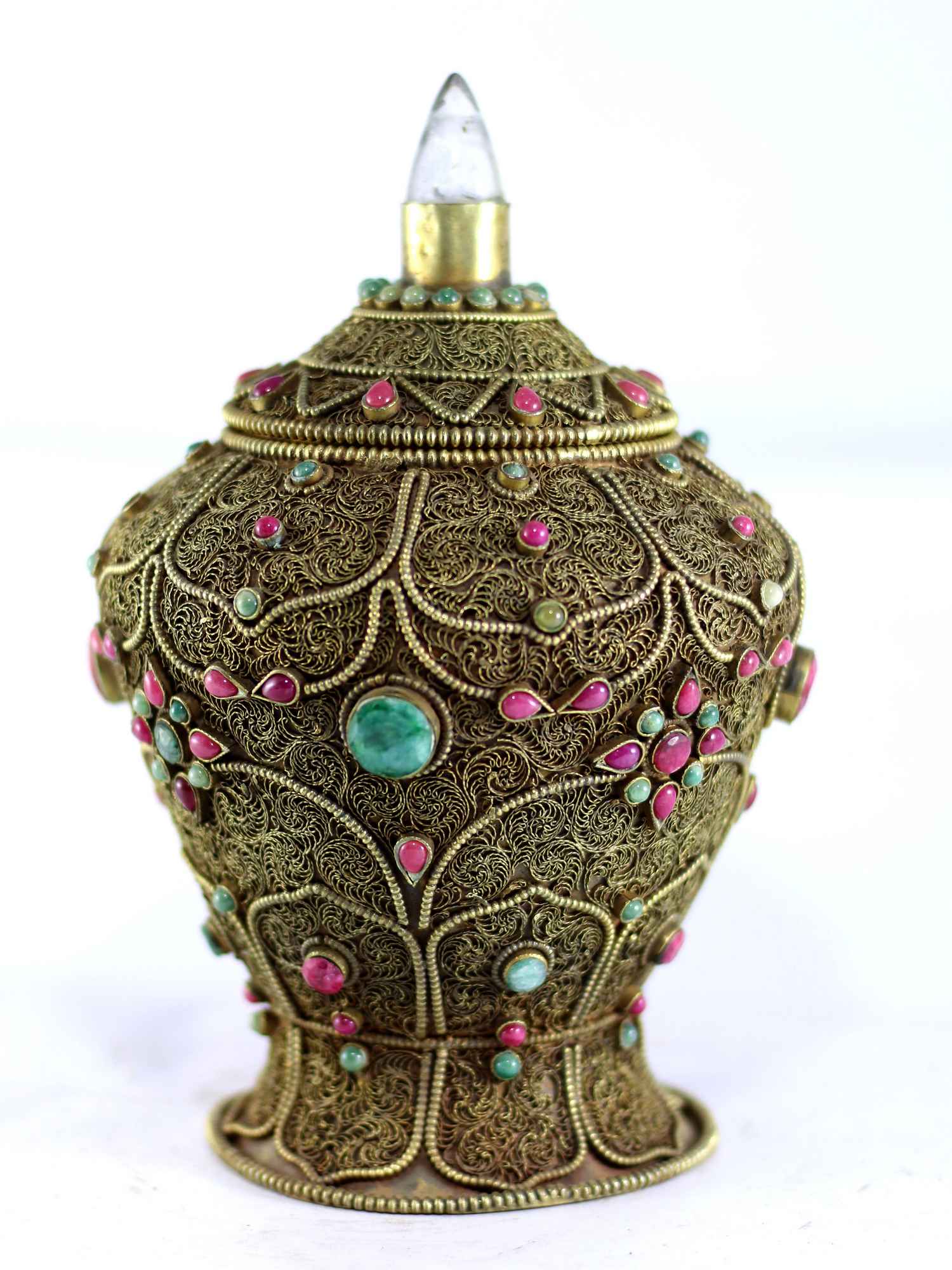
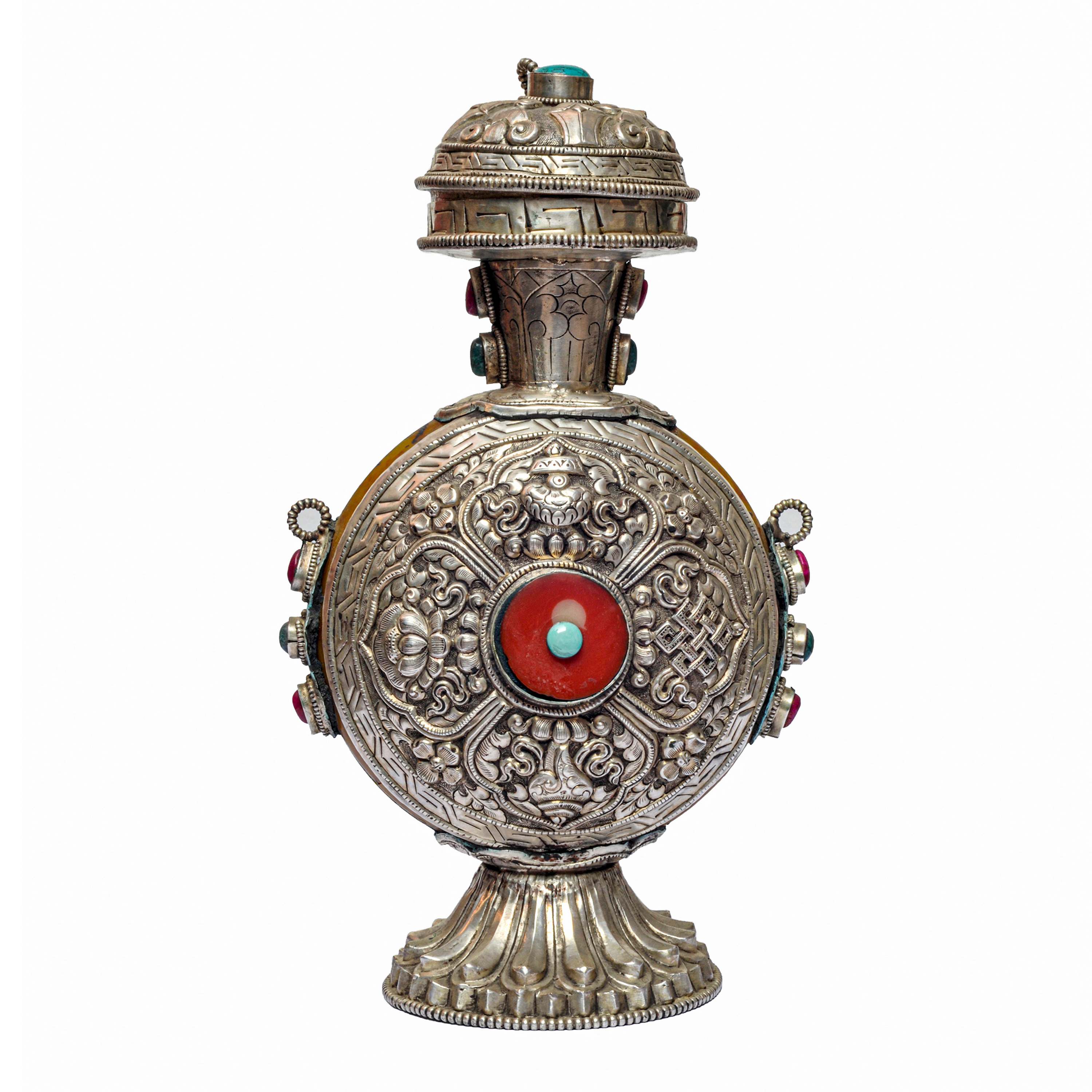 with
with  with
with 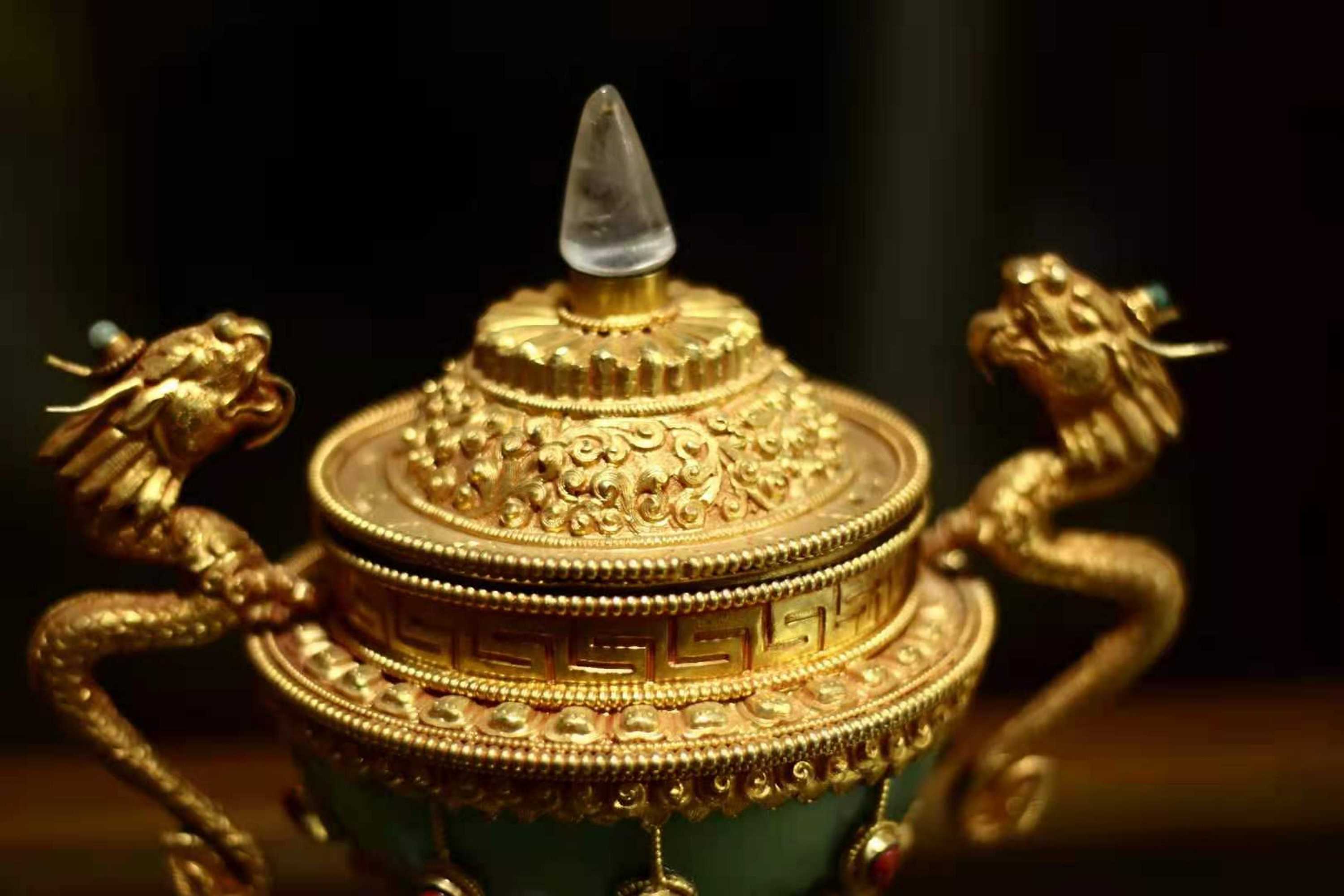 offering Rice,
offering Rice, 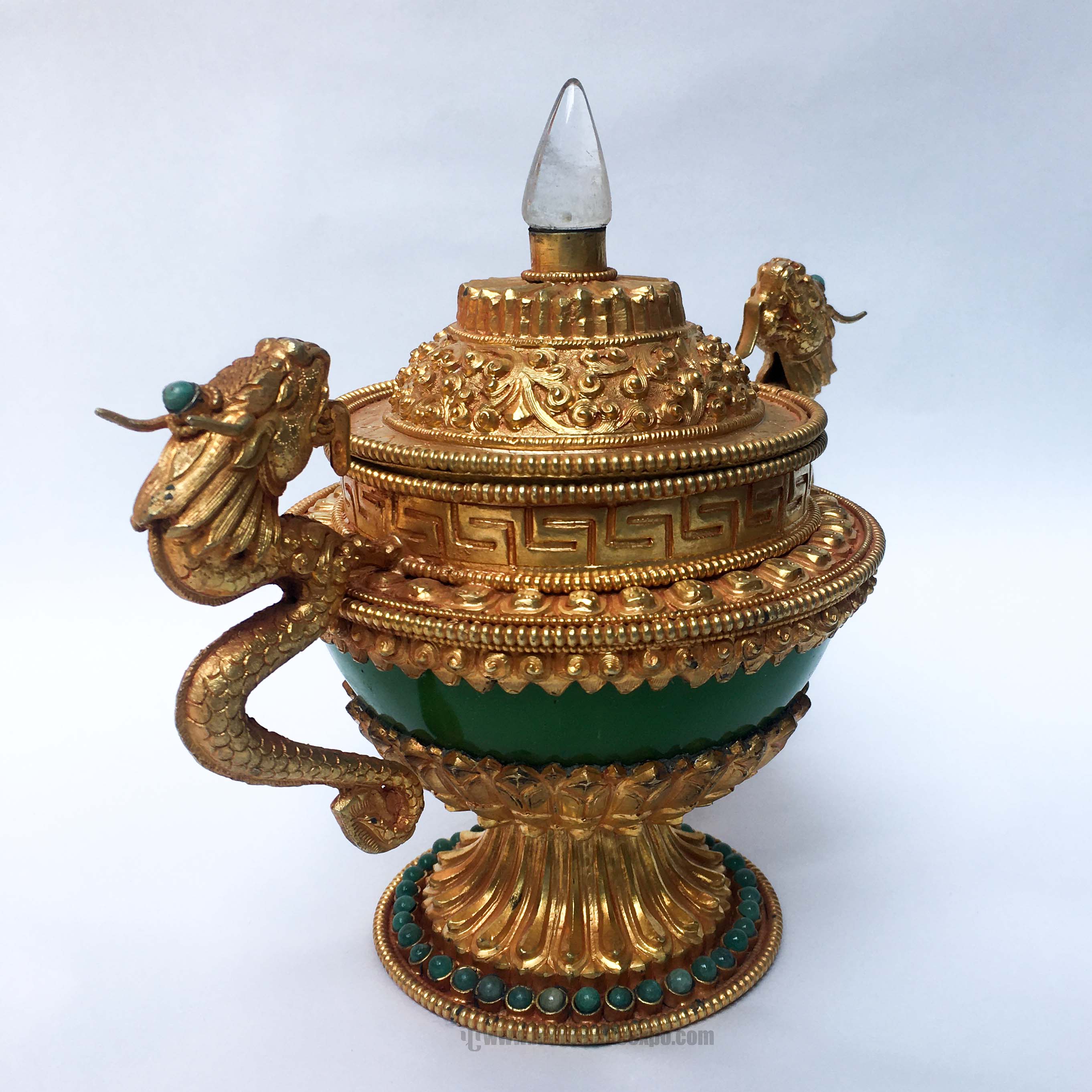 offering Rice,
offering Rice, 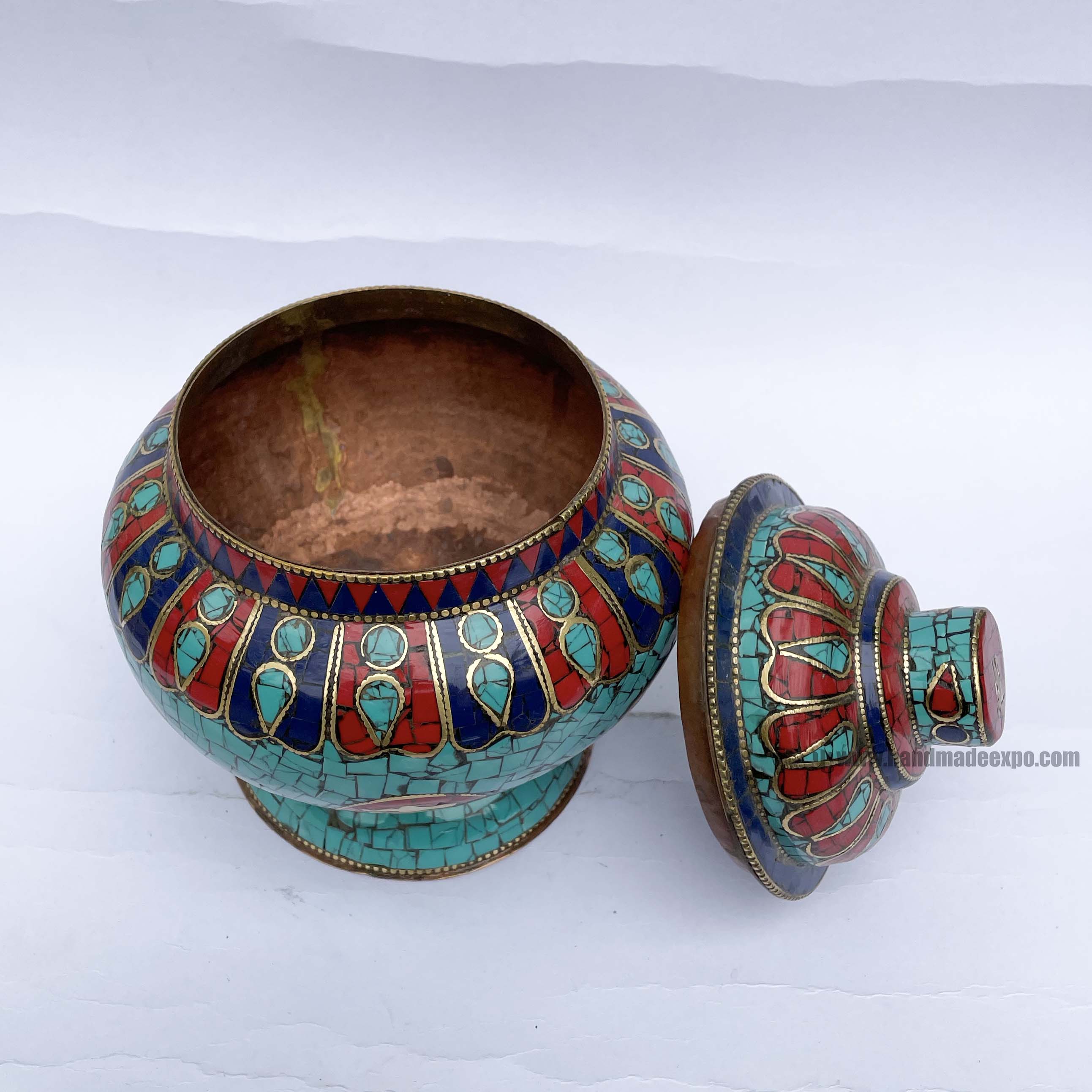 offering Rice,with
offering Rice,with 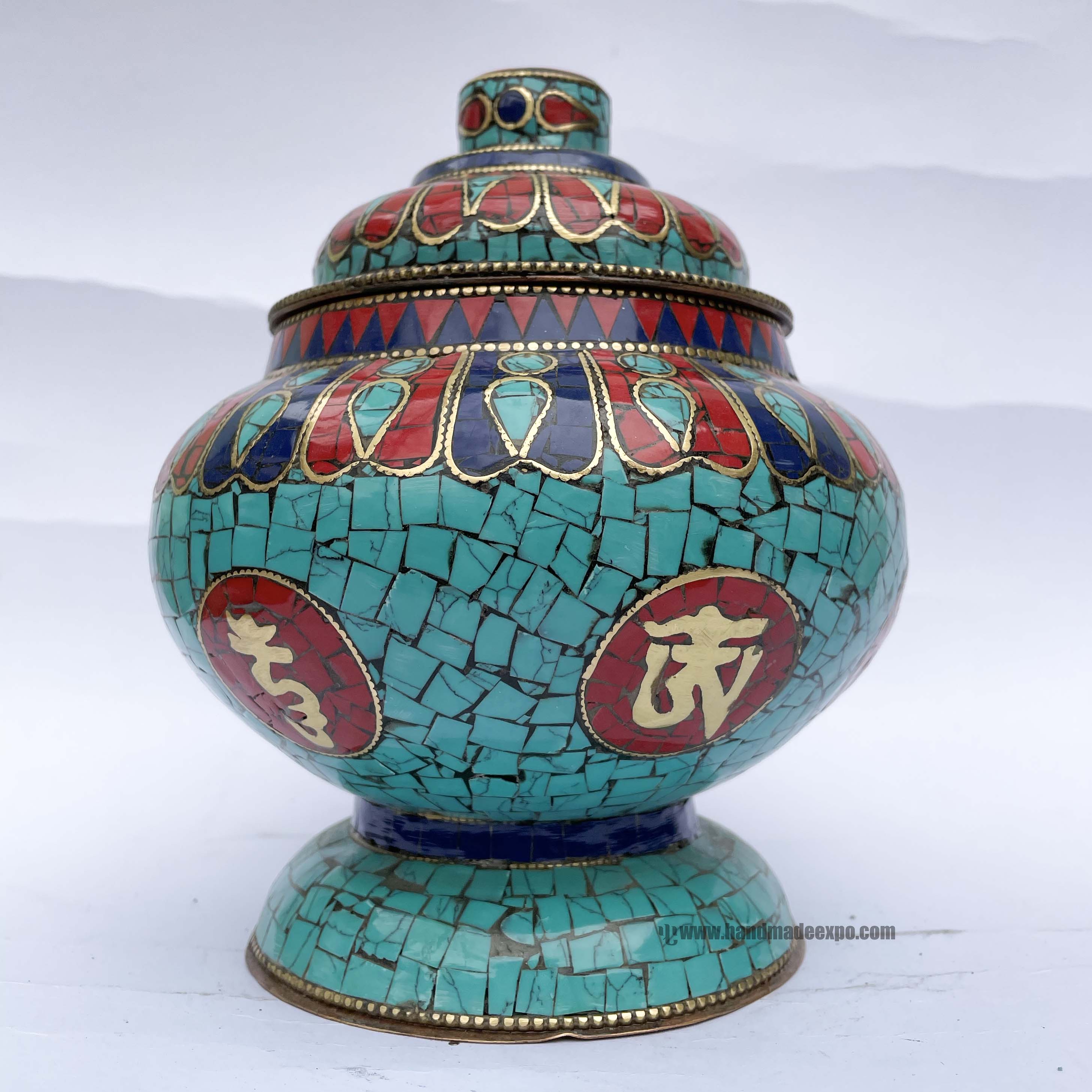 offering Rice,with
offering Rice,with 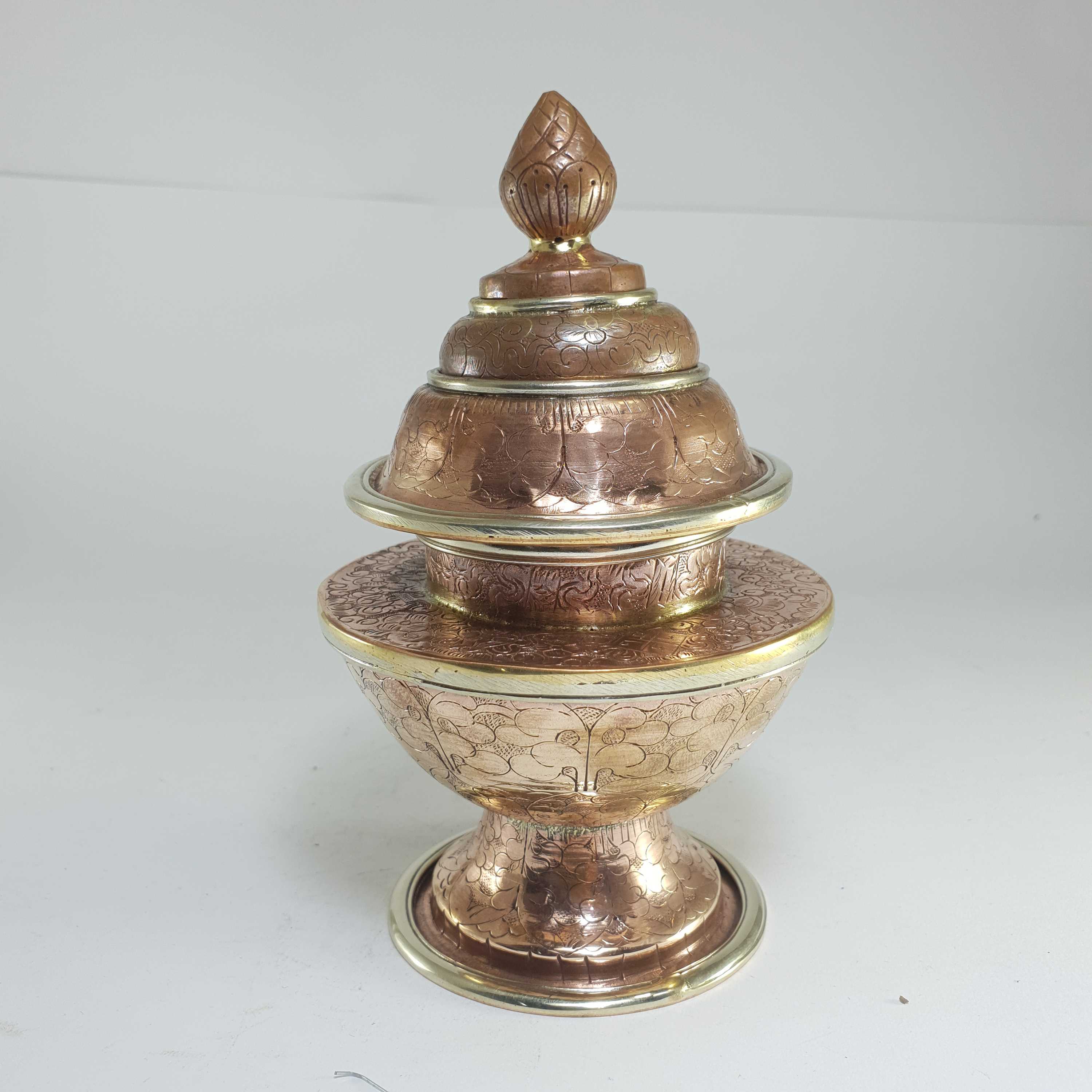 offering Rice" title="Dophor, Nesi, Vessel For
offering Rice" title="Dophor, Nesi, Vessel For  offering Rice" title="Dophor, Nesi, Vessel For
offering Rice" title="Dophor, Nesi, Vessel For 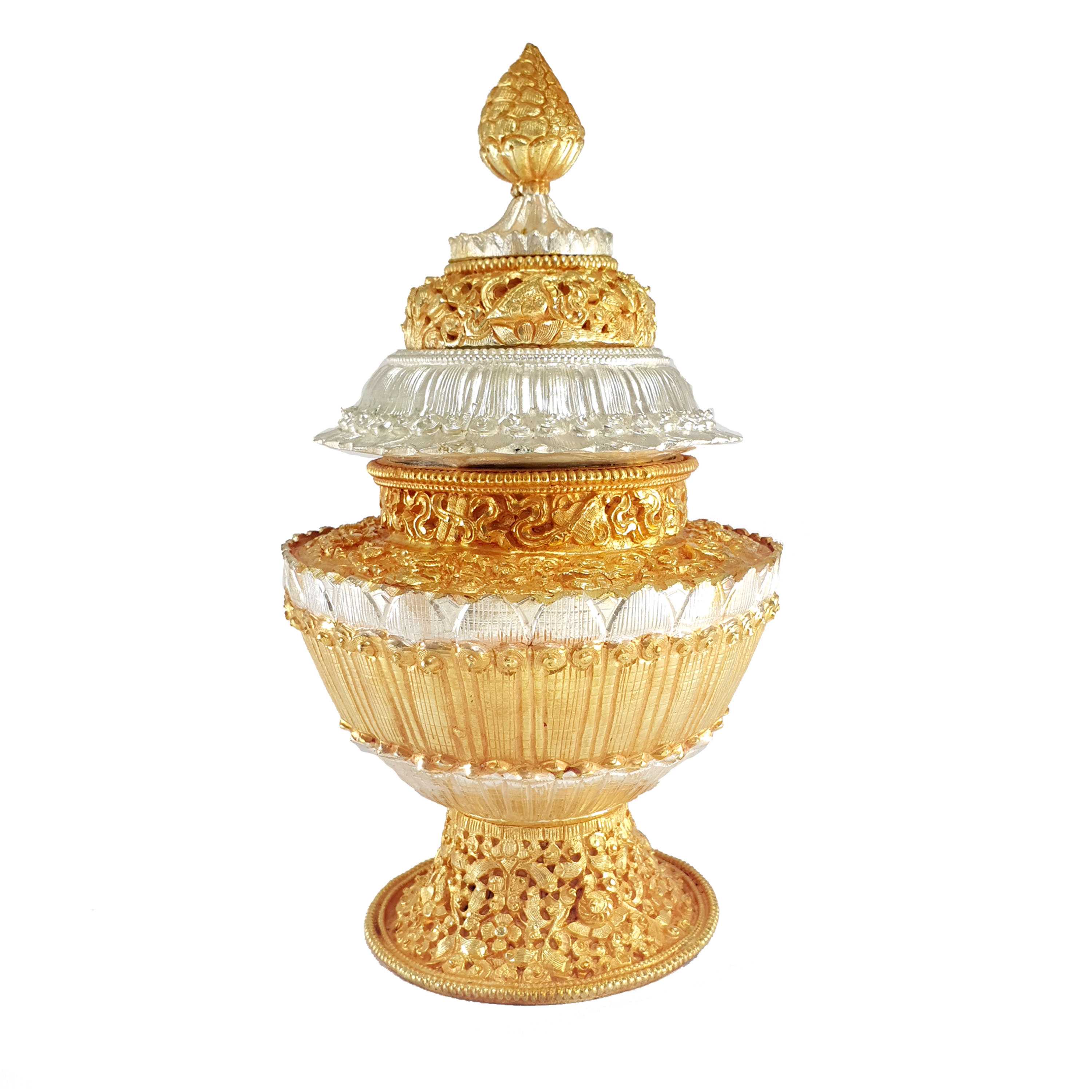 Hq, Dophor, Nesi, Vessel For
Hq, Dophor, Nesi, Vessel For 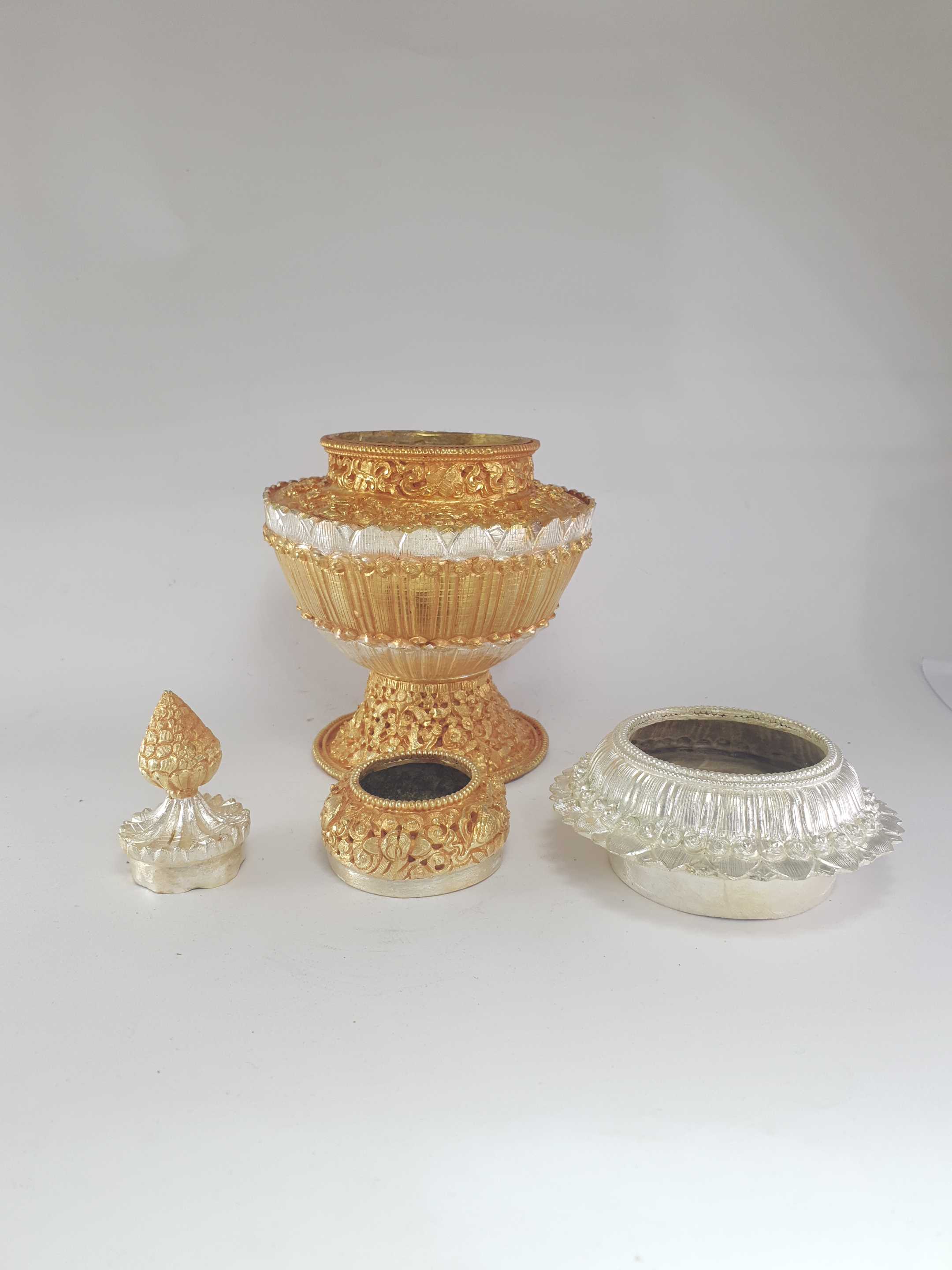 Hq, Dophor, Nesi, Vessel For
Hq, Dophor, Nesi, Vessel For 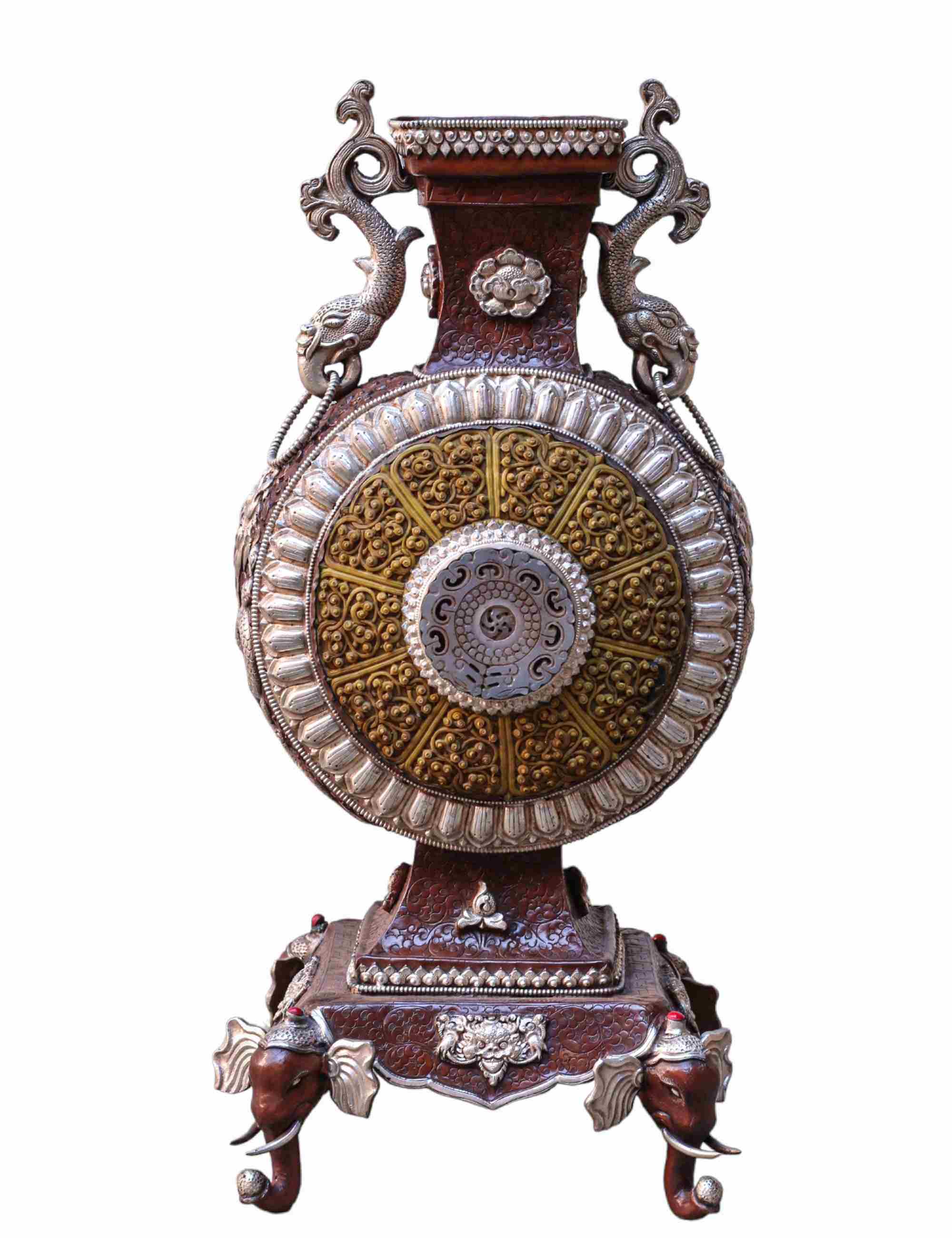 with Resin
with Resin 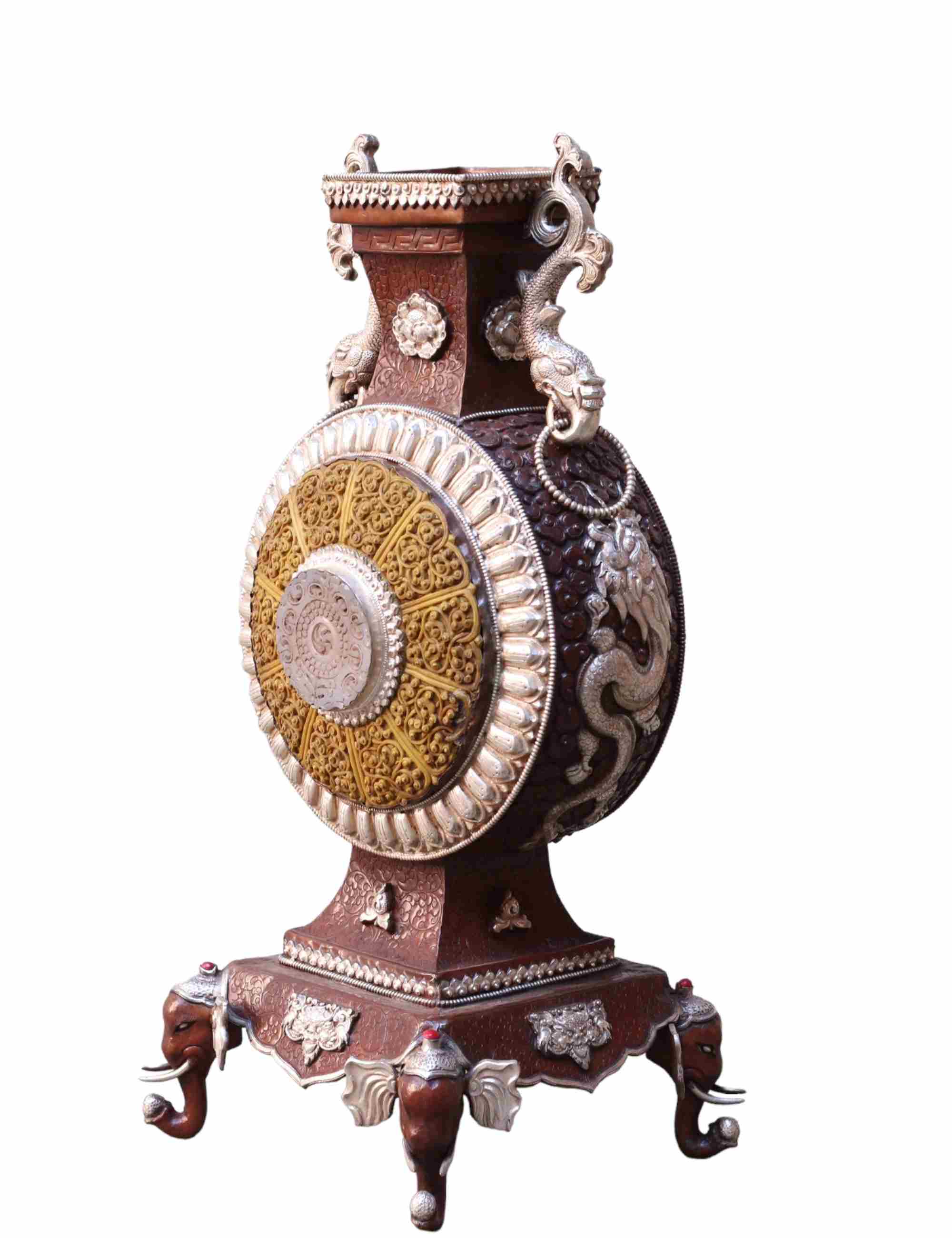 with Resin
with Resin 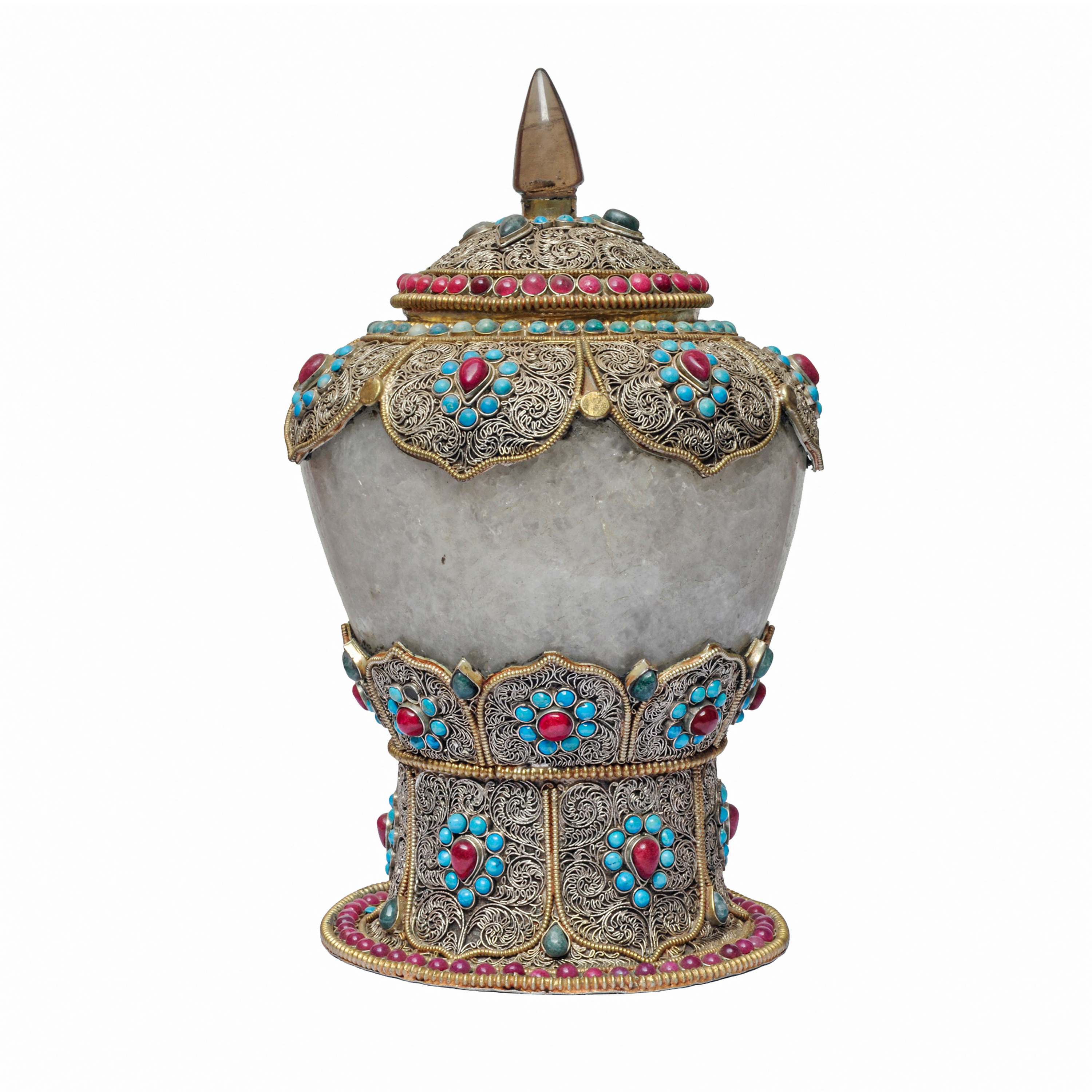 and Metal Siku Design Buddhist Urn
and Metal Siku Design Buddhist Urn  and Metal Siku Design Buddhist Urn
and Metal Siku Design Buddhist Urn 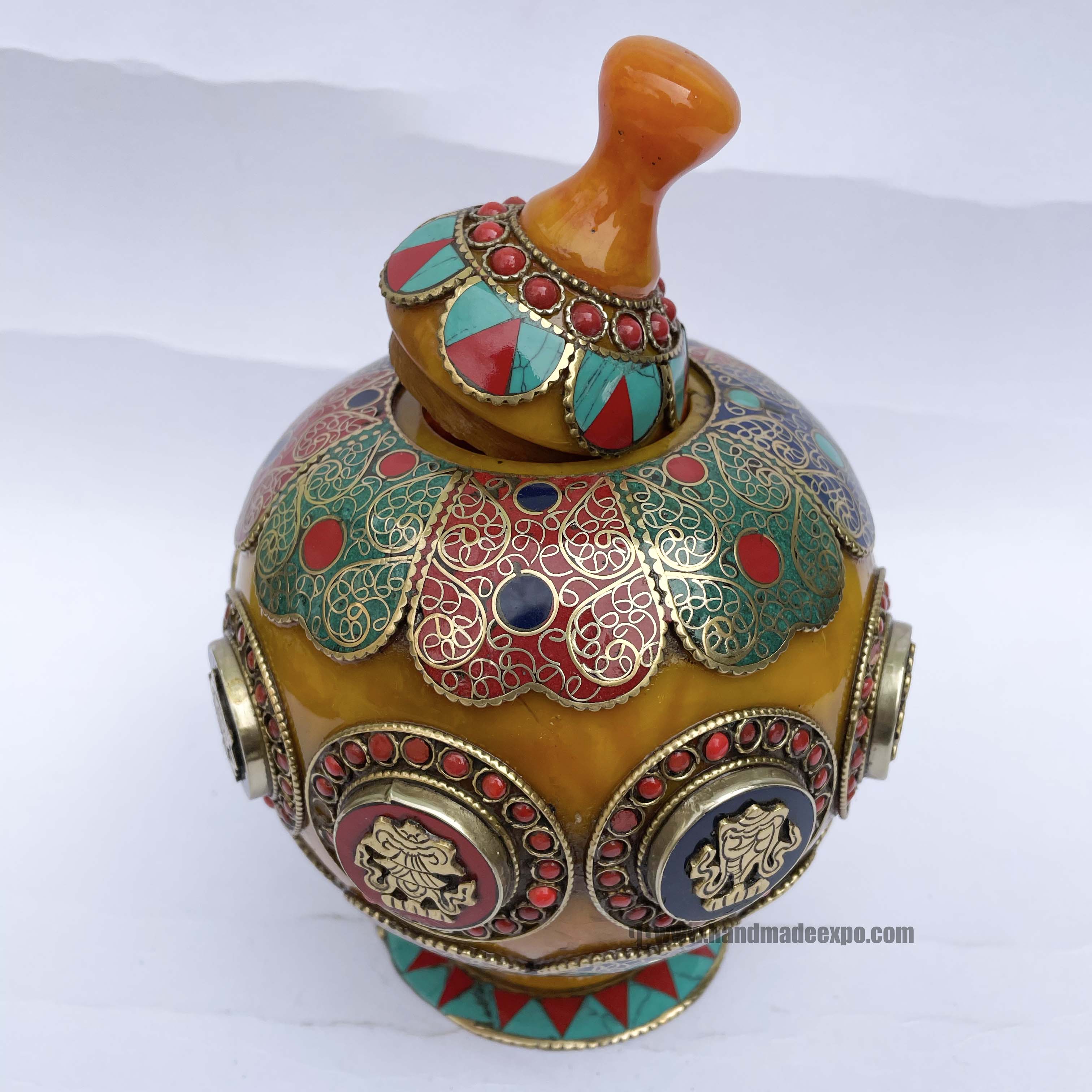 offering Rice
offering Rice  of
of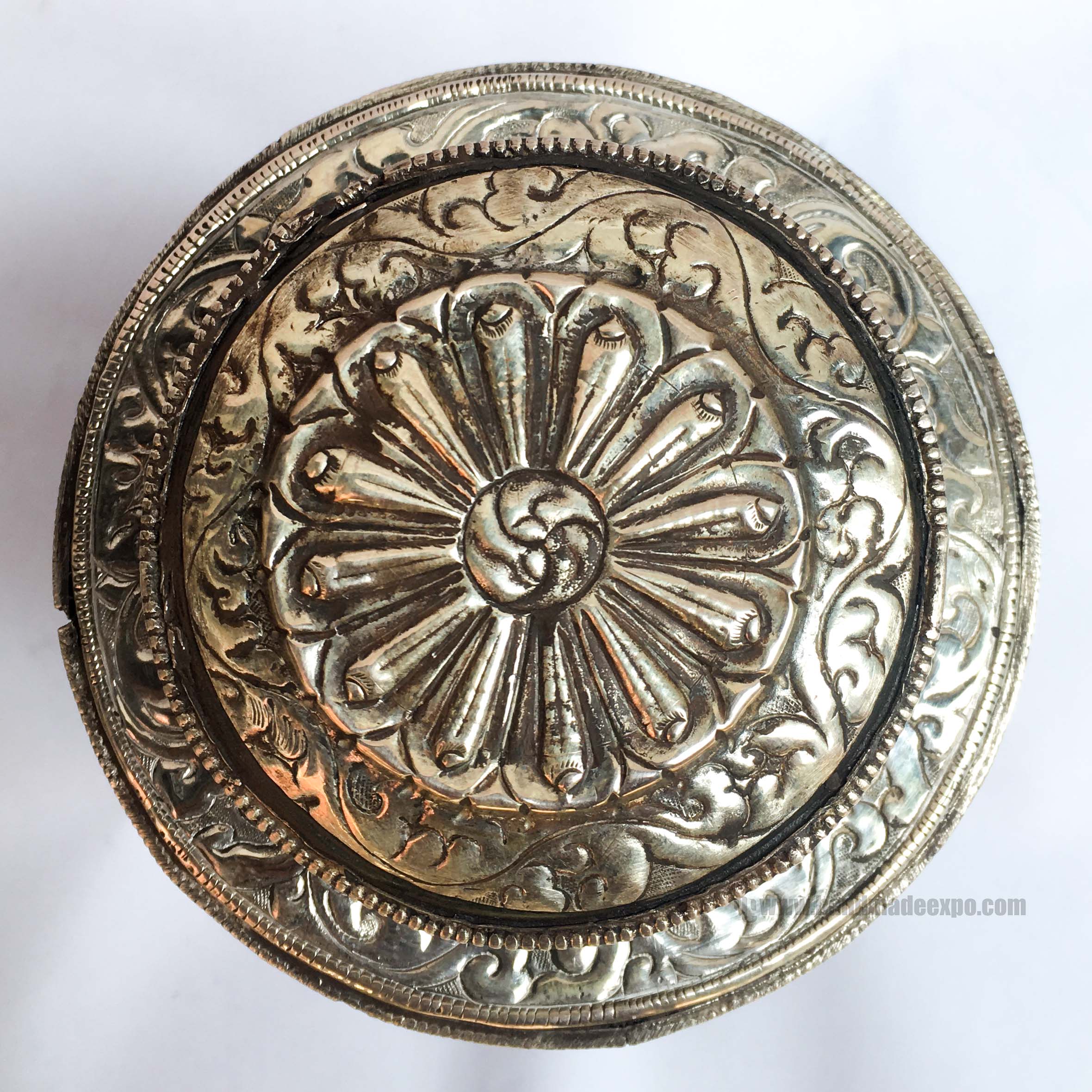 and Water
and Water 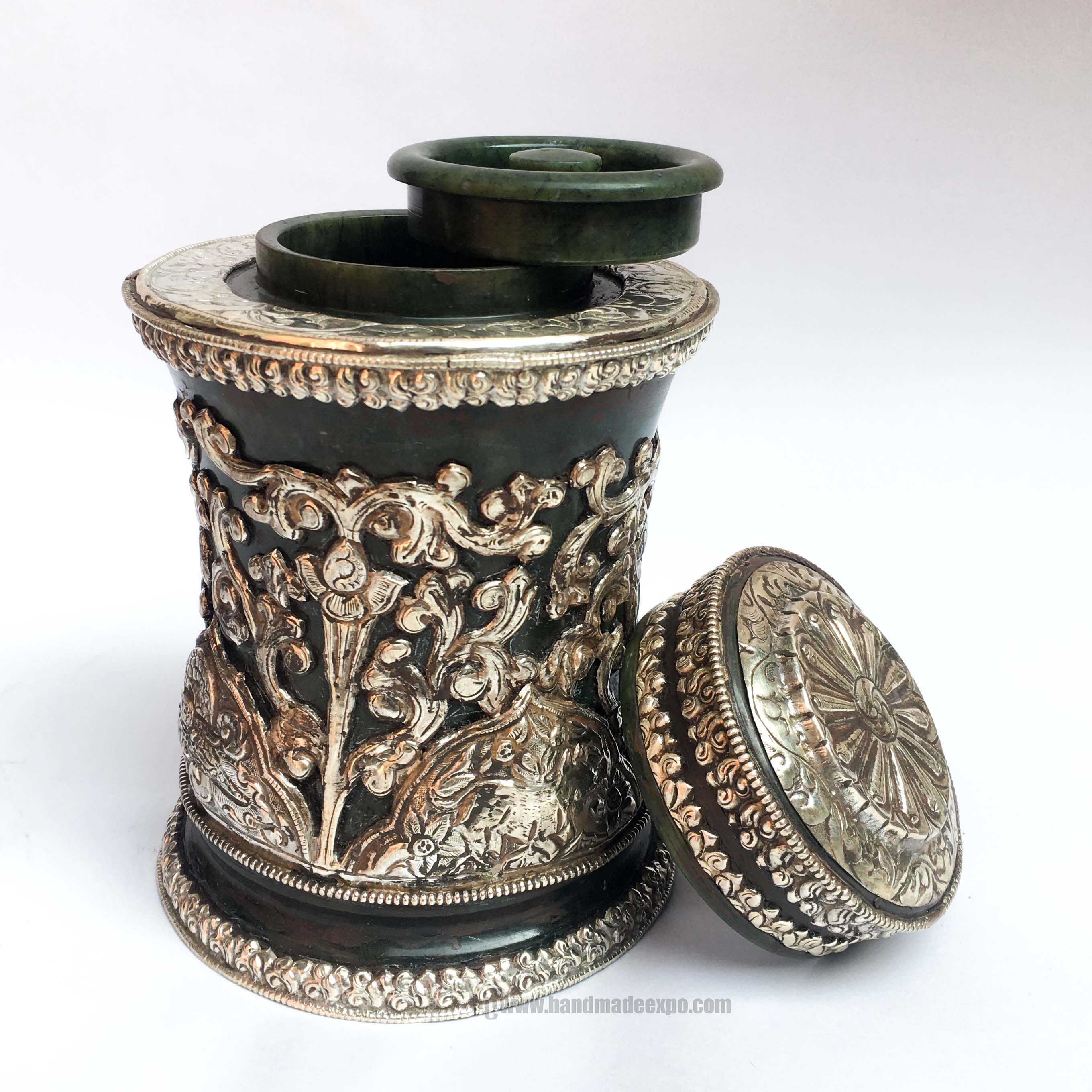 and Water
and Water 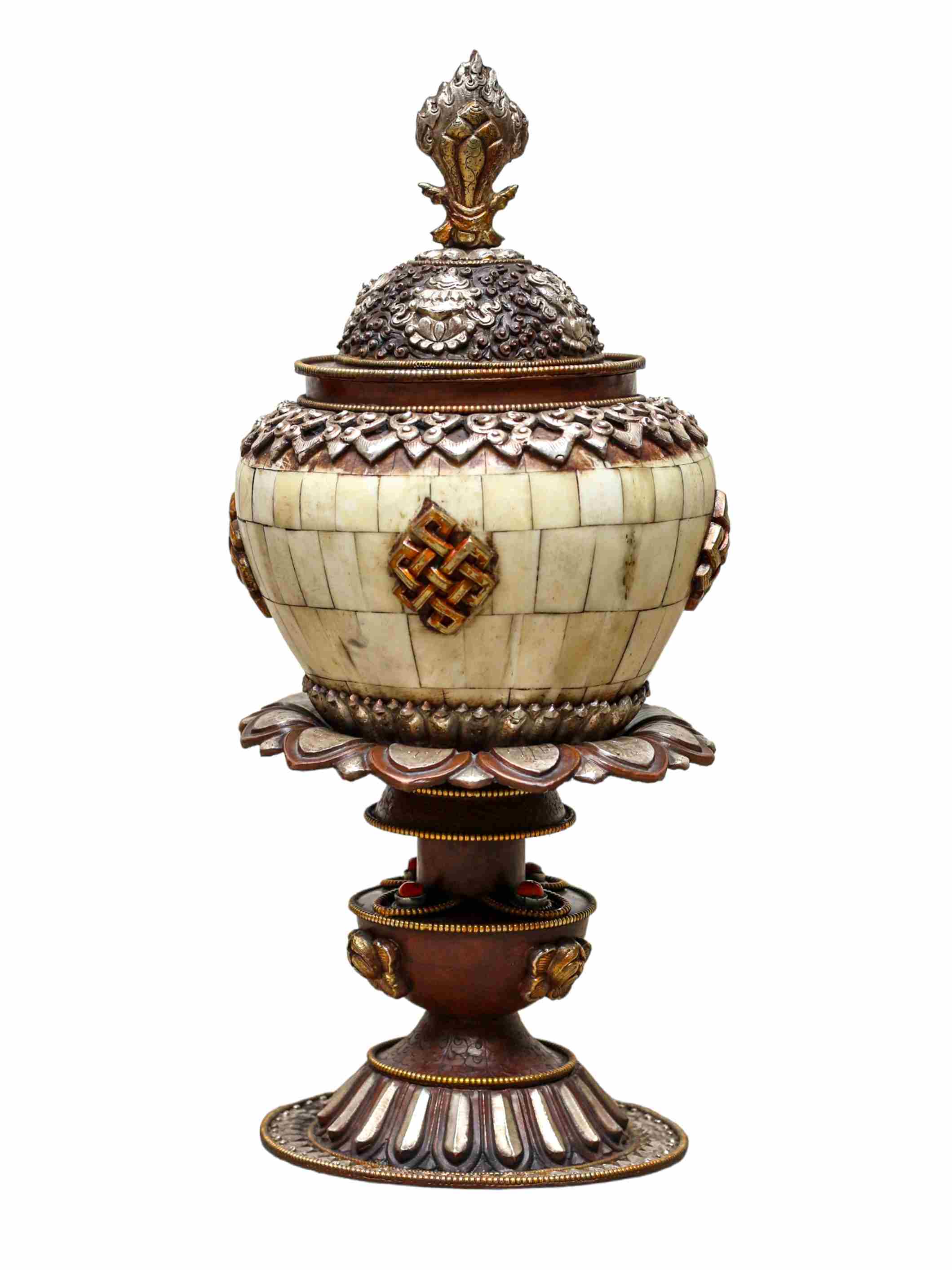 offering
offering 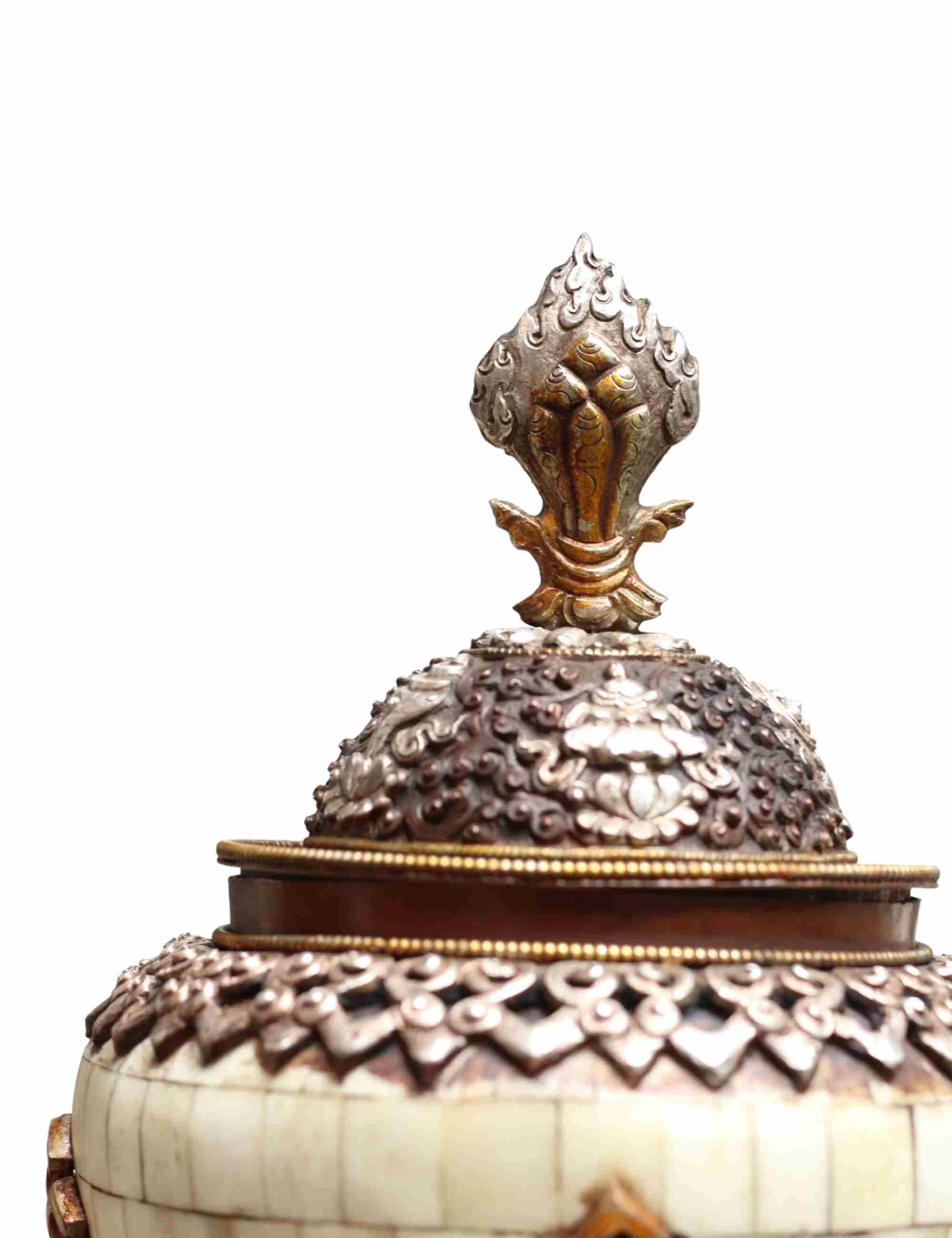 offering
offering